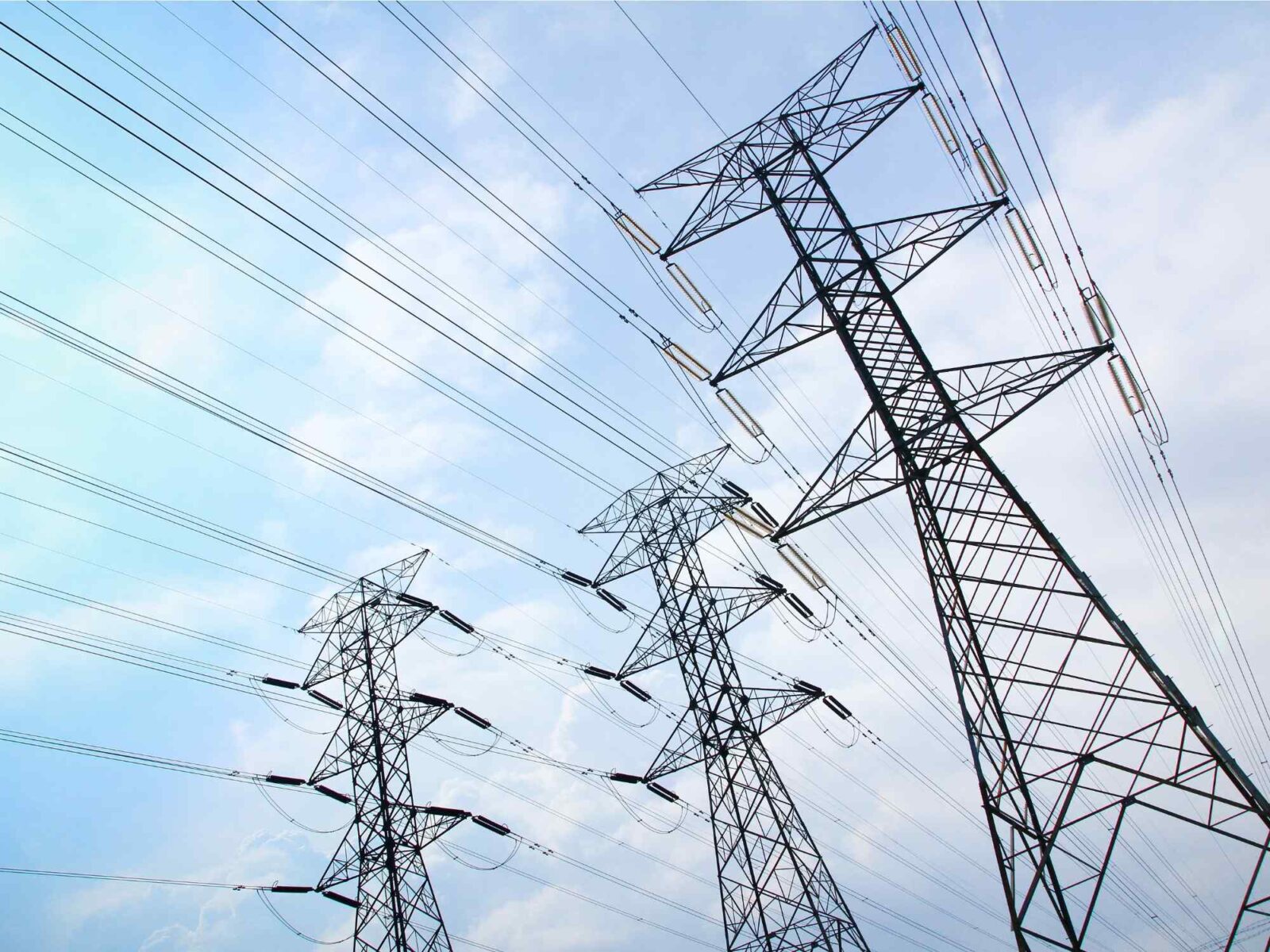The Electrical Grid: What Happens When All Cars Go Electric?
ACE Staff Writer
|May 19, 2023

A common meme that is circulated on social media is the idea that the government is forcing everyone to drive an electric vehicle. But this is simply not true and is not based in reality. The government is planning a gradual transition to EVs over the next few decades, with the goal of reducing transportation costs and increasing energy independence. But what happens to the electrical grid when this transition to EVs happens?
According to the Bureau of Labor Statistics, there are several reasons why there will be an increase in EV adoption over the coming years. First, the cost of EVs is expected to decrease as battery technology continues to improve. Second, there are incentives in place at the federal, state, and local levels to encourage EV adoption. Third, consumers are becoming more aware of the financial benefits of EVs, and are increasingly interested in decoupling from volatile gas prices.
The specific demand projections for EVs vary depending on the source, but most experts agree that EV adoption will increase significantly in the coming years. The Energy Information Administration, for example, projects that EVs will account for 7% of new vehicle sales by 2025 and 18% by 2035. This may not seem like a large percentage, but it represents a significant shift in the transportation sector.
Electrical Grid Planning
Managing this transition to EVs will happen with careful planning and investment in the electrical grid. The Department of Energy’s 2019 report on EVs and the electric power system outlines several steps that will need to be taken in order to ensure that the grid can accommodate increased EV adoption. These include:
- Increasing the deployment of charging infrastructure. This will require investment in both public and private charging stations, as well as the development of new technologies to make charging faster and more convenient. The Inflation Reduction Act is making significant investments in building out a U.S. charging station network and that effort is expected to create thousands of blue collar jobs for American families.
- Upgrading the electrical grid. This will involve expanding the capacity of the grid to handle the increased demand from EVs, as well as ensuring that the grid is reliable and resilient.
- Managing the timing and location of EV charging using smart charging infrastructure. This will be important to ensure that the grid is not overloaded during times of peak demand.
- Encouraging the use of renewable energy sources to power EVs, especially distributed residential energy. This will help to bring transportation costs for EV owners down by a significant amount and make the transition to EVs economically irresistible.
The transition to EVs can be compared to the growth of air conditioning in the United States. In the 1950s, only a small percentage of households had air conditioning, but by the 1990s, nearly 80% of households had it. Despite this rapid growth, the electrical grid was able to keep up with demand through investments in new technologies and infrastructure.
Similarly, the growth of EVs can be managed through careful planning and investment in the electrical grid. There is no reason to believe that the grid will collapse under the weight of increased EV adoption. In fact, many experts believe that the transition to EVs will actually benefit the grid by providing additional sources of revenue for utilities and encouraging the use of renewable energy sources.
The Role of Misinformation
Fears of grid collapse are often based on misinformation spread by fossil fuel companies and their supporters. These companies have a vested interest in maintaining the status quo and preventing the growth of EVs, which threaten their bottom line. As a result, they often spread false information about the impact of EVs on the electrical grid and the environment.
It is important for consumers to be aware of these tactics and to do their own research when thinking about electric vehicle adoption. The benefits of EVs are clear, including reduced maintenance costs, lower fuel costs, and improved air quality. By working together to manage the transition to EVs, we can create a cleaner, more sustainable future for ourselves and for future generations.
Join our Youth Action Network
More Blog Posts

Unnatural, Not Unprecedented
For two weeks, residents of Southern California endured a waking nightmare. Parents raced against time – hurrying down the driveway …
Read MoreCrafting a Vision for the Future: My Experience at LCOY USA 2024
Dry and sunny Tempe, Arizona where temperatures have been over 100 F for 113 consecutive days, delegates gathered to attend …
Read More
7 Ways to Weatherproof Your Home on the Cheap (+1 Not-So-Cheap)
As colder weather sets in, understanding how to weatherproof your home is key to maintaining warmth and reducing energy costs. …
Read More